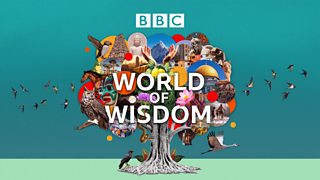
From there, editors find and sculpt the work into a film.

There are no sit-down interviews, and the shooting ratio (the amount of film shot to the finished product) is very high, often reaching 80 to one. The fundamentals of the style include following a person during a crisis with a moving, often handheld, camera to capture more personal reactions. Although the terms are sometimes used interchangeably, there are important differences between cinéma vérité (Jean Rouch) and the North American "Direct Cinema." The directors of the movement take different viewpoints on their degree of involvement with their subjects. Shooting on location, with smaller crews, would also happen in the French New Wave, the filmmakers taking advantage of advances in technology allowing smaller, handheld cameras and synchronized sound to film events on location as they unfolded. Cinéma vérité and similar documentary traditions can thus be seen, in a broader perspective, as a reaction against studio-based film production constraints.

#The game the documentary 2 download archive portable#
Some of Flaherty's staging, such as building a roofless igloo for interior shots, was done to accommodate the filming technology of the time.Ĭinéma vérité (or the closely related direct cinema) was dependent on some technical advances in order to exist: light, quiet and reliable cameras, and portable sync sound. For instance, in Nanook of the North Flaherty did not allow his subjects to shoot a walrus with a nearby shotgun, but had them use a harpoon instead.

Flaherty's Nanook of the North in 1922, documentary film embraced the artistic trends of romanticism (emotionalism, celebration of the traditional, human passions and shortcomings, etc.), Flaherty filmed a number of these documentary films during this time period, often showing how his subjects would have lived 100 years earlier and not how they lived right then. Grierson's definition of documentary as "creative treatment of actuality" has gained some acceptance, though it presents philosophical questions about documentaries containing stagings and reenactments. Early documentary film critic, Grierson's principles of documentary were that cinema's potential for observing life could be exploited in a new art form that the "original" actor and "original" scene are better guides than their fiction counterparts to interpreting the modern world and that materials "thus taken from the raw" can be more real than the acted article.


 0 kommentar(er)
0 kommentar(er)
